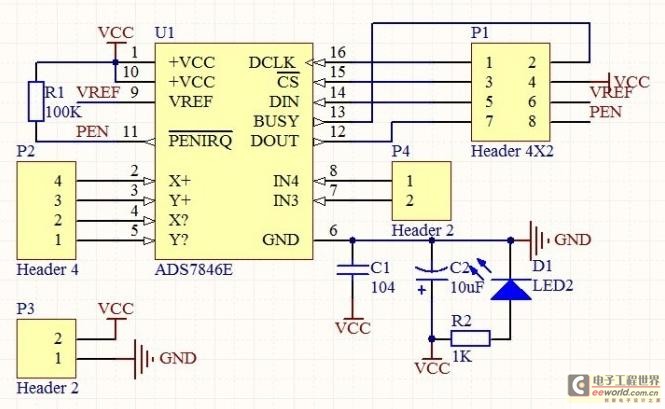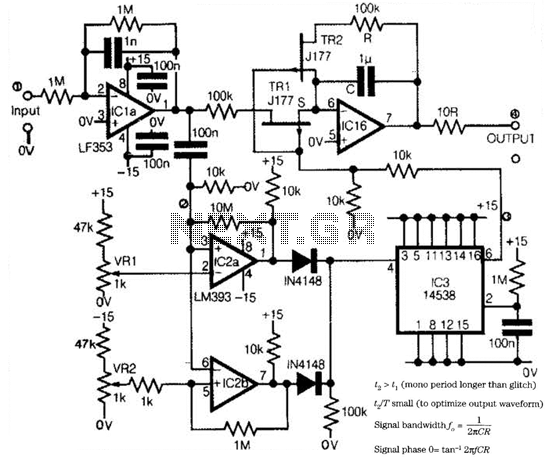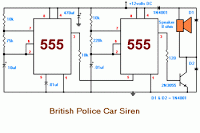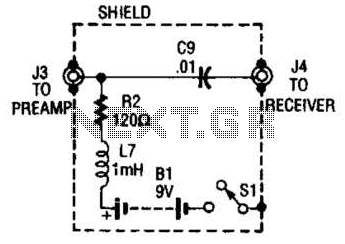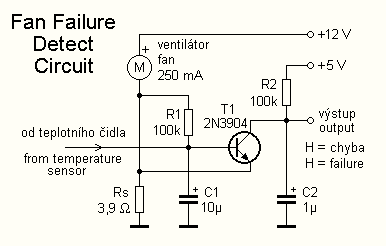
DW10M-200 400 600 type excitation switch control circuit
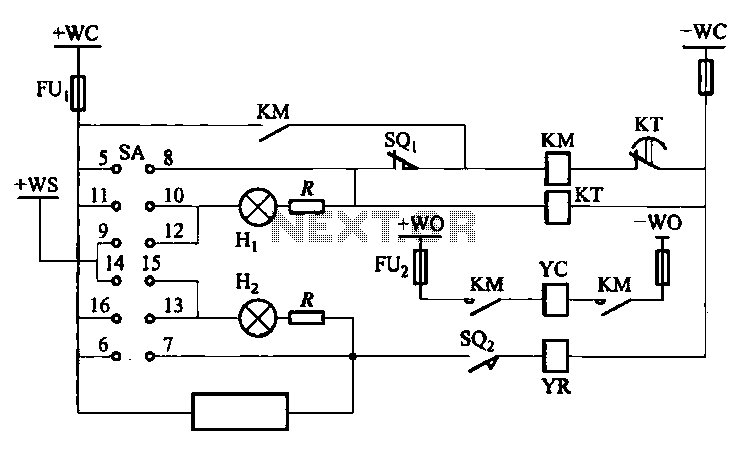
The DW10M de-excitation type switch is based on the DW10 automatic air circuit breaker, transitioning from normally open to normally closed contact. The models available include DW10M-200, DW10M-400, and DW10M-600. The control circuit for this type switch is illustrated in Figure 7-56. In this diagram, KM represents the closing contactor, YC is the closing coil, YR is designated for the trip coil, and KT is the time relay JT3-11/5. SA controls the switch LW2-2-la, 4, 6a, 40, 20/F8. The indicators Hi and H2 are green and red, respectively, while XD-2 operates at 110V with a power rating of 8W, accompanied by a 2.5 kΩ resistor. SQ1 and SQ2 are the terminal switches.
The DW10M de-excitation type switch is an advanced component designed for integration into automatic air circuit breaker systems, enhancing operational reliability and safety. Its transition from normally open to normally closed contact provides a robust mechanism for managing electrical loads and ensuring system stability.
The control circuit, as depicted in Figure 7-56, plays a crucial role in the functionality of the switch. The closing contactor, represented by KM, is responsible for establishing the electrical connection when activated. The closing coil (YC) energizes to engage the contactor, while the trip coil (YR) is essential for deactivating the circuit in the event of an overload or fault condition, ensuring protection of the connected electrical equipment.
The time relay (KT), specifically the JT3-11/5 model, introduces a delay mechanism that allows for controlled operation of the circuit, preventing immediate disconnection and allowing for transient conditions. This feature is particularly beneficial in applications where momentary fluctuations in load may occur.
Control switch SA governs the operation of various switch configurations, indicated as LW2-2-la, 4, 6a, 40, 20/F8, allowing for tailored control based on specific operational requirements. The indicator lights, Hi (green) and H2 (red), provide visual feedback on the operational status of the switch, facilitating quick diagnostics and monitoring.
The XD-2 component, operating at 110V and 8W, signifies the switch's compatibility with standard voltage levels, while the inclusion of a 2.5 kΩ resistor aids in current regulation and protection of sensitive components within the circuit.
Finally, terminal switches SQ1 and SQ2 complete the assembly, providing necessary connection points for external circuitry and ensuring seamless integration into broader electrical systems. The comprehensive design of the DW10M de-excitation type switch underscores its significance in modern electrical engineering applications, particularly in enhancing safety and efficiency in circuit management.DW10M de-excitation type switch is based on the DW10 automatic air circuit breaker on the normally open to normally closed contact is made. (1) DW10M-200,400, 600 de-excitation type switch control circuit circuit as shown in Figure 7-56. Figure, KM is closing contactor} YC is closing coil; YR for the trip coil; KT was time relay JT3- 11/5; SA controls switch LW2-2-la, 4,6a. 40,20/F8; Hi, H2 green, red XD-2,110V, 8W, attached resistor 2.5kfl; SQi, sQ2 the terminal switch.
The DW10M de-excitation type switch is an advanced component designed for integration into automatic air circuit breaker systems, enhancing operational reliability and safety. Its transition from normally open to normally closed contact provides a robust mechanism for managing electrical loads and ensuring system stability.
The control circuit, as depicted in Figure 7-56, plays a crucial role in the functionality of the switch. The closing contactor, represented by KM, is responsible for establishing the electrical connection when activated. The closing coil (YC) energizes to engage the contactor, while the trip coil (YR) is essential for deactivating the circuit in the event of an overload or fault condition, ensuring protection of the connected electrical equipment.
The time relay (KT), specifically the JT3-11/5 model, introduces a delay mechanism that allows for controlled operation of the circuit, preventing immediate disconnection and allowing for transient conditions. This feature is particularly beneficial in applications where momentary fluctuations in load may occur.
Control switch SA governs the operation of various switch configurations, indicated as LW2-2-la, 4, 6a, 40, 20/F8, allowing for tailored control based on specific operational requirements. The indicator lights, Hi (green) and H2 (red), provide visual feedback on the operational status of the switch, facilitating quick diagnostics and monitoring.
The XD-2 component, operating at 110V and 8W, signifies the switch's compatibility with standard voltage levels, while the inclusion of a 2.5 kΩ resistor aids in current regulation and protection of sensitive components within the circuit.
Finally, terminal switches SQ1 and SQ2 complete the assembly, providing necessary connection points for external circuitry and ensuring seamless integration into broader electrical systems. The comprehensive design of the DW10M de-excitation type switch underscores its significance in modern electrical engineering applications, particularly in enhancing safety and efficiency in circuit management.DW10M de-excitation type switch is based on the DW10 automatic air circuit breaker on the normally open to normally closed contact is made. (1) DW10M-200,400, 600 de-excitation type switch control circuit circuit as shown in Figure 7-56. Figure, KM is closing contactor} YC is closing coil; YR for the trip coil; KT was time relay JT3- 11/5; SA controls switch LW2-2-la, 4,6a. 40,20/F8; Hi, H2 green, red XD-2,110V, 8W, attached resistor 2.5kfl; SQi, sQ2 the terminal switch.
